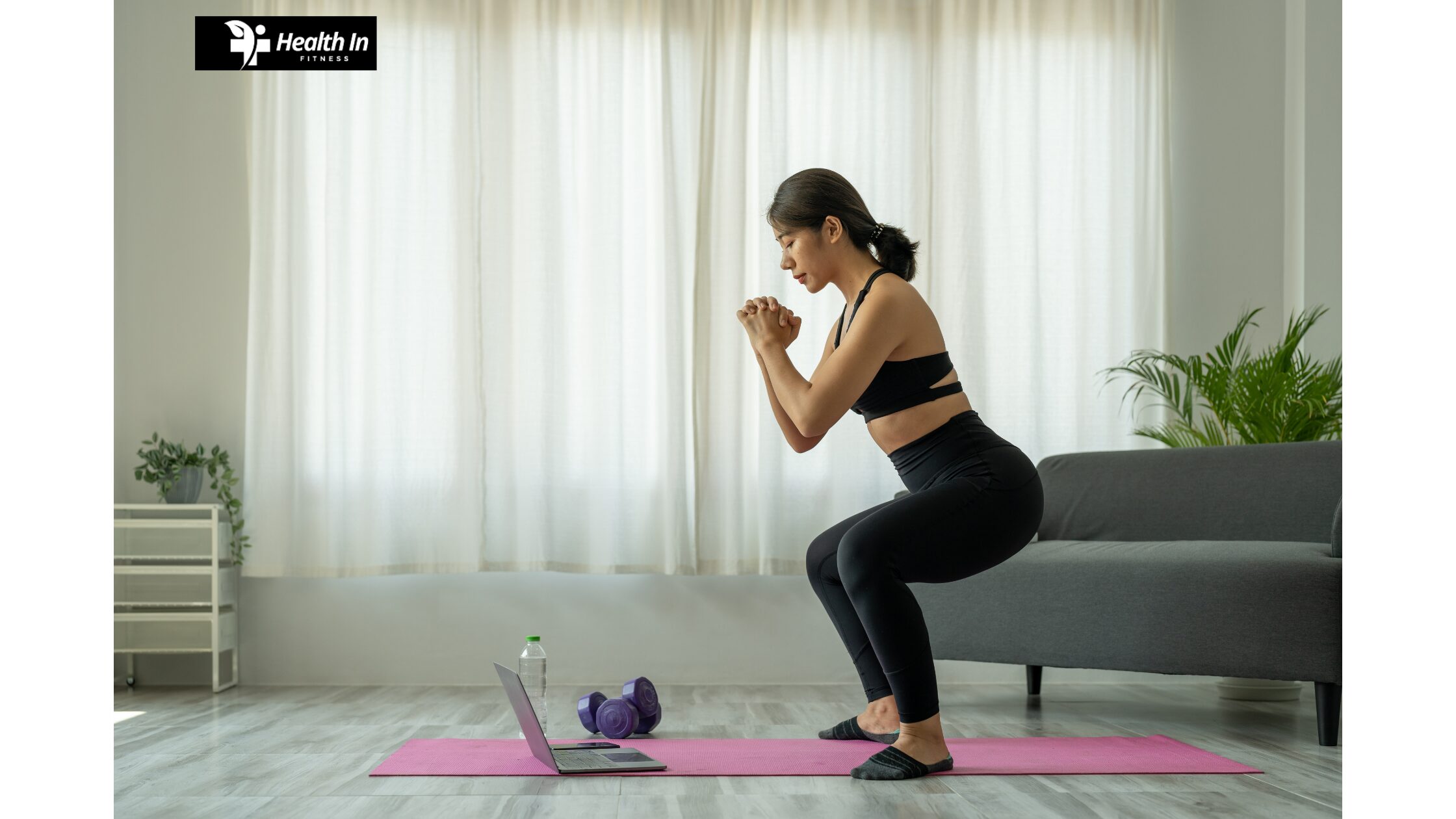Introduction
Exercise is more than just a tool for weight loss or muscle gain; it’s the foundation of a healthy and fulfilling life. Regular physical activity improves your physical health, boosts your mood, sharpens your mind, and even enhances your social connections. In 2024, exercise continues to evolve, with new trends, technologies, and approaches making it easier than ever to integrate movement into your lifestyle.
This guide explores the transformative power of exercise, highlights popular trends, and provides actionable tips for incorporating fitness into your daily routine.
The Physical Benefits of Exercise
1. Strengthens the Body
Exercise improves muscle tone, increases flexibility, and enhances cardiovascular health. Activities such as strength training, yoga, or cycling strengthen various parts of the body, reducing the risk of injuries and chronic diseases.
2. Boosts Metabolism
Regular movement activates your metabolism, helping your body burn calories efficiently. Whether you’re aiming to maintain your weight or lose a few pounds, incorporating exercise into your routine is key.
3. Enhances Longevity
Studies consistently show that active individuals live longer, healthier lives. Exercise reduces the risk of conditions like heart disease, diabetes, and certain cancers.
The Mental Benefits of Exercise
1. Reduces Stress and Anxiety
Physical activity stimulates the production of endorphins—your body’s natural mood elevators. A brisk walk or a gym session can instantly improve your mood and help you manage stress.
2. Improves Focus and Memory
Exercise increases blood flow to the brain, improving cognitive functions like focus, memory, and problem-solving skills. Regular workouts have even been linked to a reduced risk of cognitive decline in older adults.
3. Enhances Sleep Quality
People who exercise regularly often report better sleep. Whether it’s through yoga or a cardio session, physical activity helps regulate your circadian rhythm.
Exercise Trends in 2024
Fitness trends are constantly evolving, making it easier to find activities that suit your interests and lifestyle. Here are some of the most popular exercise trends for 2024:
- Hybrid Workouts: Combining in-person and online fitness classes, hybrid workouts allow you to stay fit no matter where you are.
- Wearable Technology: Fitness trackers and smartwatches are now equipped with features like heart rate monitoring, sleep tracking, and customized workout plans.
- Functional Training: Focusing on exercises that mimic everyday movements, functional training improves strength, balance, and coordination.
- Recovery-Focused Fitness: Stretching classes, foam rolling, and active recovery sessions are becoming integral parts of exercise routines.
- Group Workouts: From HIIT classes to dance sessions, group workouts offer motivation and a sense of community.
How to Start an Exercise Routine
Starting an exercise routine doesn’t have to be intimidating. Here’s a step-by-step guide to getting started:
1. Set Clear Goals
Define what you want to achieve—whether it’s building strength, losing weight, or improving endurance. Having a clear purpose keeps you motivated.
2. Choose Activities You Enjoy
Finding activities you love makes exercise feel less like a chore. Options range from swimming and hiking to yoga and dance.
3. Start Small
Begin with manageable sessions, like 10–15 minutes a day, and gradually increase the duration and intensity as your fitness improves.
4. Create a Schedule
Consistency is key. Block out time in your calendar for workouts, treating them as important appointments.
5. Listen to Your Body
Pay attention to how your body feels during and after exercise. Rest when needed and adjust your routine to avoid burnout or injuries.
Overcoming Common Barriers
1. Lack of Time
Opt for shorter, high-intensity workouts that fit into busy schedules. Even 10 minutes of exercise can make a difference.
2. Low Motivation
Work out with a friend, join a fitness class, or hire a trainer to stay accountable and inspired.
3. Fear of Injury
Start with low-impact exercises and prioritize proper form. Consider consulting a fitness professional to guide your routine.
Exercise as a Social Activity
Exercise doesn’t have to be a solitary pursuit. In fact, working out with others can make it more enjoyable and help you stay committed. Group fitness classes, running clubs, or even virtual workout challenges foster camaraderie and provide opportunities to meet like-minded individuals.
Social exercise also benefits mental health, offering a sense of community and shared achievement. Whether it’s a yoga class or a weekend hike, sharing the experience with others enhances the emotional rewards of physical activity.
Making Exercise a Lifelong Habit
While starting an exercise routine is a significant step, the real challenge lies in maintaining it long-term. Exercise should not be viewed as a temporary fix but as an integral part of a balanced and fulfilling life. Developing sustainable habits and finding joy in movement are key to ensuring that fitness remains a lifelong priority.
Building Consistency
Consistency is the cornerstone of long-term fitness success. To make exercise a regular part of your life, consider these strategies:
- Set a Routine: Establish specific times for exercise, treating them as non-negotiable appointments. Whether it’s an early morning jog or a post-work gym session, creating a routine helps make exercise a natural part of your day.
- Start Small: Begin with manageable sessions to avoid burnout or injury. Over time, gradually increase the intensity or duration of your workouts as your fitness improves.
- Track Your Progress: Use a fitness journal or app to log workouts and monitor improvements. Tracking your progress can boost motivation and help you stay on course.
Finding Joy in Movement
Exercise shouldn’t feel like a chore. Discovering activities you genuinely enjoy can transform how you view fitness. If traditional workouts don’t appeal to you, explore other options such as:
- Dance Classes: Burn calories and improve coordination while moving to your favorite beats.
- Outdoor Activities: Hiking, biking, or kayaking combine exercise with the beauty of nature.
- Sports and Games: Join a recreational league or play games like tennis, basketball, or soccer with friends.
- Creative Workouts: Try unconventional activities like rock climbing, aerial yoga, or trampoline fitness.
When exercise feels fun, you’re more likely to stick with it and look forward to your sessions.
Adapting to Life Changes
Life is dynamic, and your fitness routine should be adaptable. Changes in your schedule, health, or priorities might require adjustments to your exercise habits. Here’s how to stay active during transitions:
- Busy Periods: Opt for shorter, high-intensity workouts or incorporate movement into daily tasks, like walking during meetings or taking the stairs.
- Aging: Focus on low-impact exercises such as swimming, yoga, or Pilates, which are gentle on joints while improving strength and flexibility.
- Injury Recovery: Work with a physical therapist to create a safe and effective plan to regain strength and mobility.
The ability to adjust your approach ensures that exercise remains a constant in your life, no matter the circumstances.
Creating a Support System
A strong support system can make a world of difference in maintaining an active lifestyle. Surrounding yourself with like-minded individuals fosters accountability, encouragement, and camaraderie. Here’s how to build your fitness network:
- Workout Buddies: Find a friend or family member to exercise with for mutual motivation.
- Group Classes: Join fitness classes or clubs to meet new people and share your journey.
- Online Communities: Engage in virtual fitness groups or challenges to connect with others who share your goals.
Having a support system not only keeps you motivated but also makes exercise more enjoyable and rewarding.
Leveraging Technology
Incorporating technology into your fitness routine can provide guidance, structure, and motivation. Wearable devices, apps, and online platforms offer tailored solutions to support your goals:
- Fitness Trackers: Monitor steps, heart rate, and calorie burn to stay informed about your progress.
- Exercise Apps: Access guided workouts, training plans, and progress tracking through mobile apps.
- Virtual Classes: Participate in live or pre-recorded classes from the comfort of your home, ensuring flexibility and convenience.
Embracing technology can make exercise more accessible and help you stay committed to your routine.
A Life Powered by Movement
Exercise is more than just a way to stay fit—it’s a gateway to a healthier, happier life. By incorporating movement into your routine, you can improve your physical health, sharpen your mind, and foster meaningful connections with others. Whether you’re just starting out or looking to take your fitness journey to the next level, there’s no better time than now to embrace the power of exercise.


